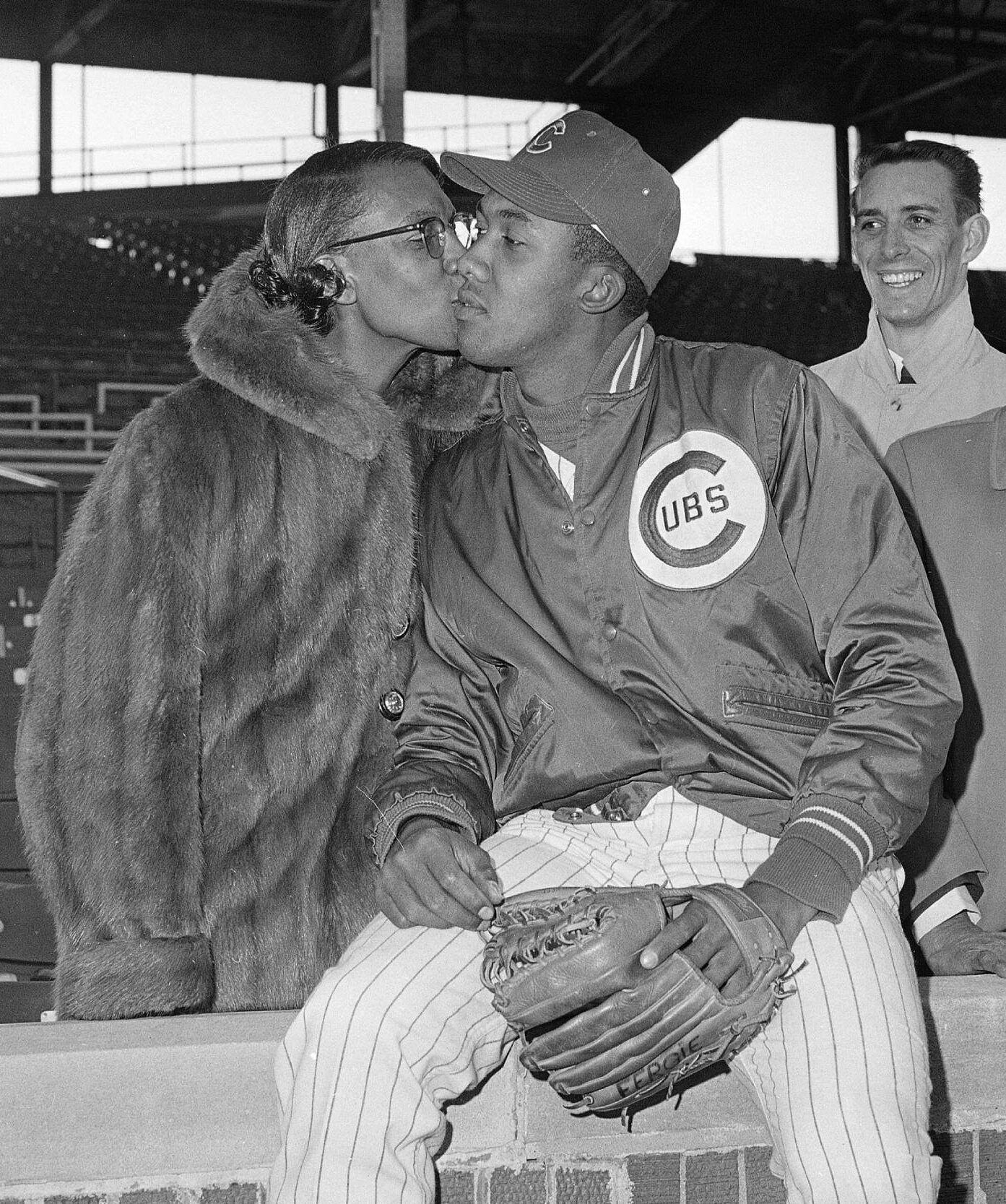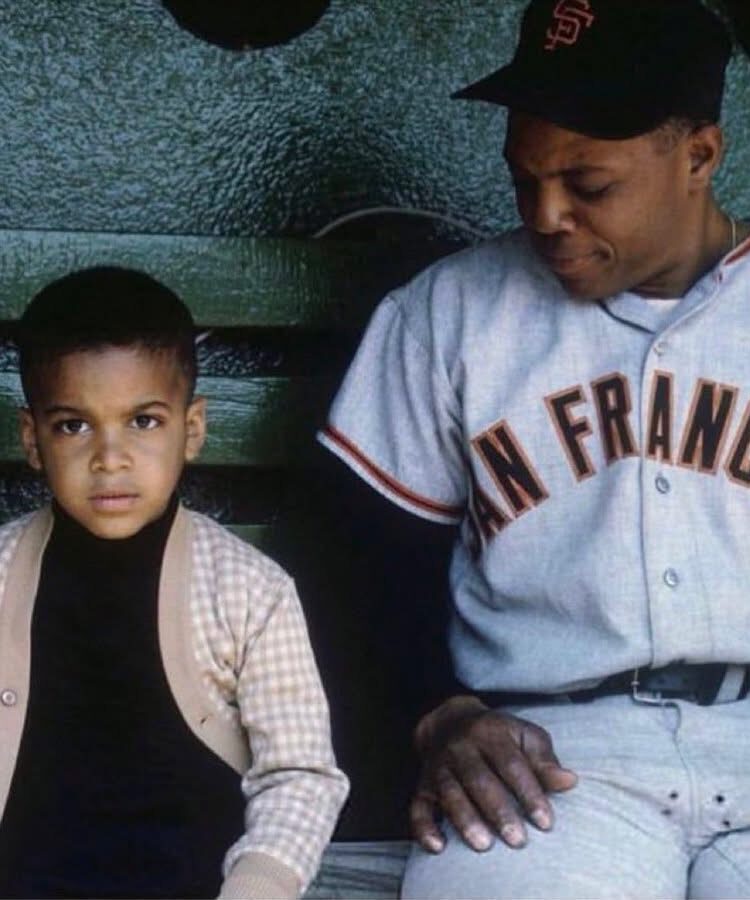
Born in Dallas on January 31, 1931, Ernie Banks was the second of twelve children. A three-sport letterman in track, football, and basketball in high school, he did not play baseball because the school didn’t have a team.
He did, however, play fastpitch softball in a summer church league and later for a semi-pro team in Amarillo.
Banks started his professional career with the Kansas City Monarchs at age 19 in 1950 and was drafted into the army in ’51. During the Korean War he served in Germany then later at Fort Bliss, Texas.
In 1953, he was discharged from the army and joined the Monarchs before debuting with the Cubs in September. In ten games with Chicago Banks hit .314 with four extra-base hits – two of them homers.
The runner up in NL Rookie of the Year balloting in 1954, Banks began a run of eight-straight all star appearances in ’55. The National League’s back-to-back Most Valuable Player in 1958, and 1959, Mr. Cub remained at shortstop until switching to first base in 1961.
In a 1969 Chicago Sun-Times poll of the fans, Banks was voted the greatest Cub ever. The following season at Wrigley Field he clubbed his 500th career homer. He retired with 512 homers and 1,636 runs batted in after 1971 and became the first Cub player to have his uniform number retired.
The glaring omission on his Cooperstown resume is the failure to appear in the World Series despite playing alongside Hall of Famers Billy Williams, Ron Santo, and Fergie Jenkins.
Perhaps one of the more unique items in the collection is this handprint of Ernie Banks. After inking up his hand and fingers, Banks applied them to this sheet of paper which he later autographed.









